For many Americans, childhood memories are mapped not just to neighborhoods but to storefronts that felt like their own small worlds. Long aisles of toys, vinyl booths at lunch counters, and glowing video shelves turned routine errands into quiet rituals. As retail consolidated, digitized, and moved to highways or screens, entire brands slipped away almost overnight. Revisiting them is less about mourning lost bargains than honoring the places that quietly shaped family routines, weekend rhythms, and early ideas of independence.
Woolco
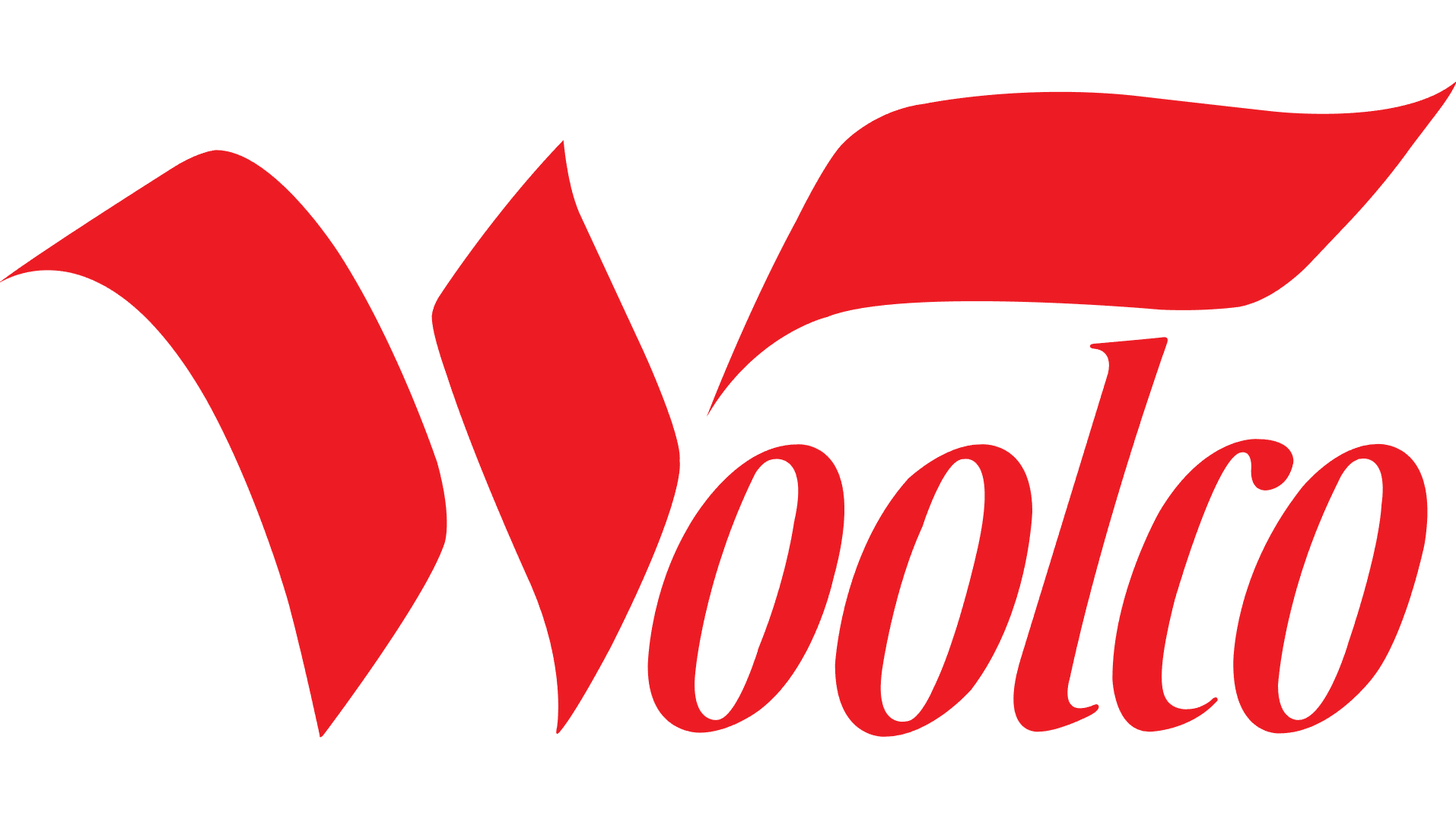
Launched by F.W. Woolworth in 1962, Woolco stretched across sprawling suburban lots, bundling clothing, appliances, toys, and Red Grille lunches under one fluorescent roof. It felt like a full Saturday in one stop, from popcorn and records to school shoes. Mounting losses and tougher competition pushed Woolco to shutter its U.S. stores by 1983, leaving behind memories of oversized carts and aisles that seemed endless to small, determined shoppers.
Montgomery Ward

Montgomery Ward began in 1872 as the catalog that carried big-city goods into rural homes, then grew into mall anchors that sold appliances, fashions, and furniture under one steady name. Families dog-eared its pages to imagine futures and holidays. By the late 1990s, debt, slow adaptation, and stronger rivals forced a final liquidation in 2001. The online revival that followed never quite replaced the physical presence that once defined American catalog dreams.
W. T. Grant

W. T. Grant stores turned the 25-cent promise into a familiar main-street stop, where modest paychecks stretched across housewares, clothes, and lunch-counter treats. The chain expanded aggressively, extended easy credit, and hesitated to adjust when suburbs and malls rewrote shopping patterns. By 1976, it collapsed in a landmark bankruptcy that scattered its locations to other banners. What lingers is the feel of simple bargains on worn terrazzo floors and handwritten sale signs.
Bonwit Teller
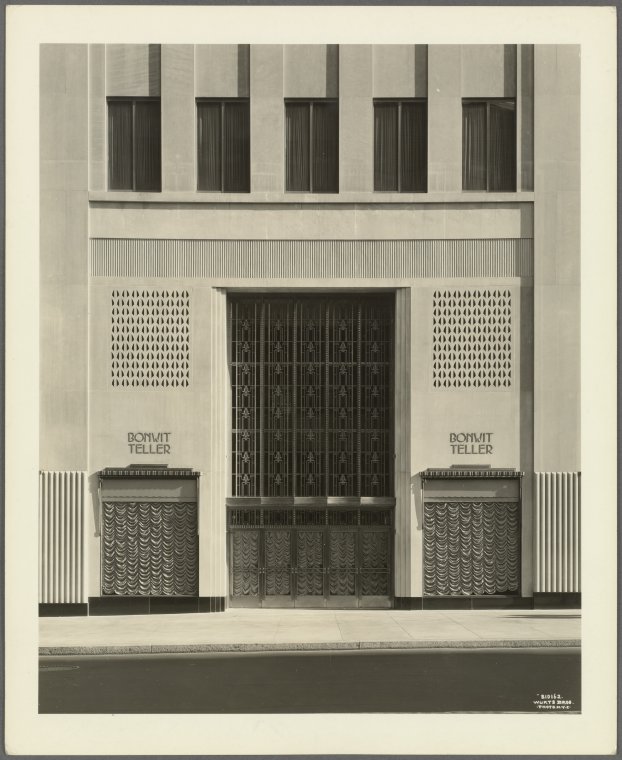
Bonwit Teller embodied polished glamour, with violets on its boxes, avant-garde window displays, and sales floors that treated fashion as performance. The Fifth Avenue flagship’s controversial demolition signaled both a real estate shift and the fading of old-guard luxury departments. Through ownership changes, mounting costs, and shifting tastes, the chain steadily unraveled, closing its final store in 2000. In memory, it survives as the place where special-occasion dresses felt like theater, not inventory.
Katz Drugstore
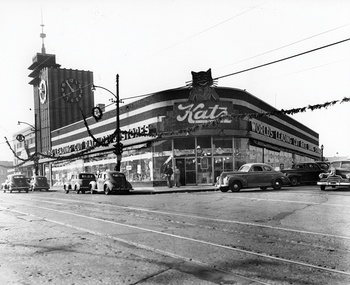
Katz Drugstore glowed late into Midwestern nights, pairing prescriptions with comic books, cosmetics, records, and soda fountains where teenagers stretched curfews over cherry phosphates. Its feline neon and sharp prices made it feel neighborly even as locations spread across several states. When self-service formats, national chains, and mergers took over in the early 1970s, Katz quietly disappeared. What remains is a mental reel of bright signs, clinking glasses, and corner doors that never seemed to lock.
Western Auto
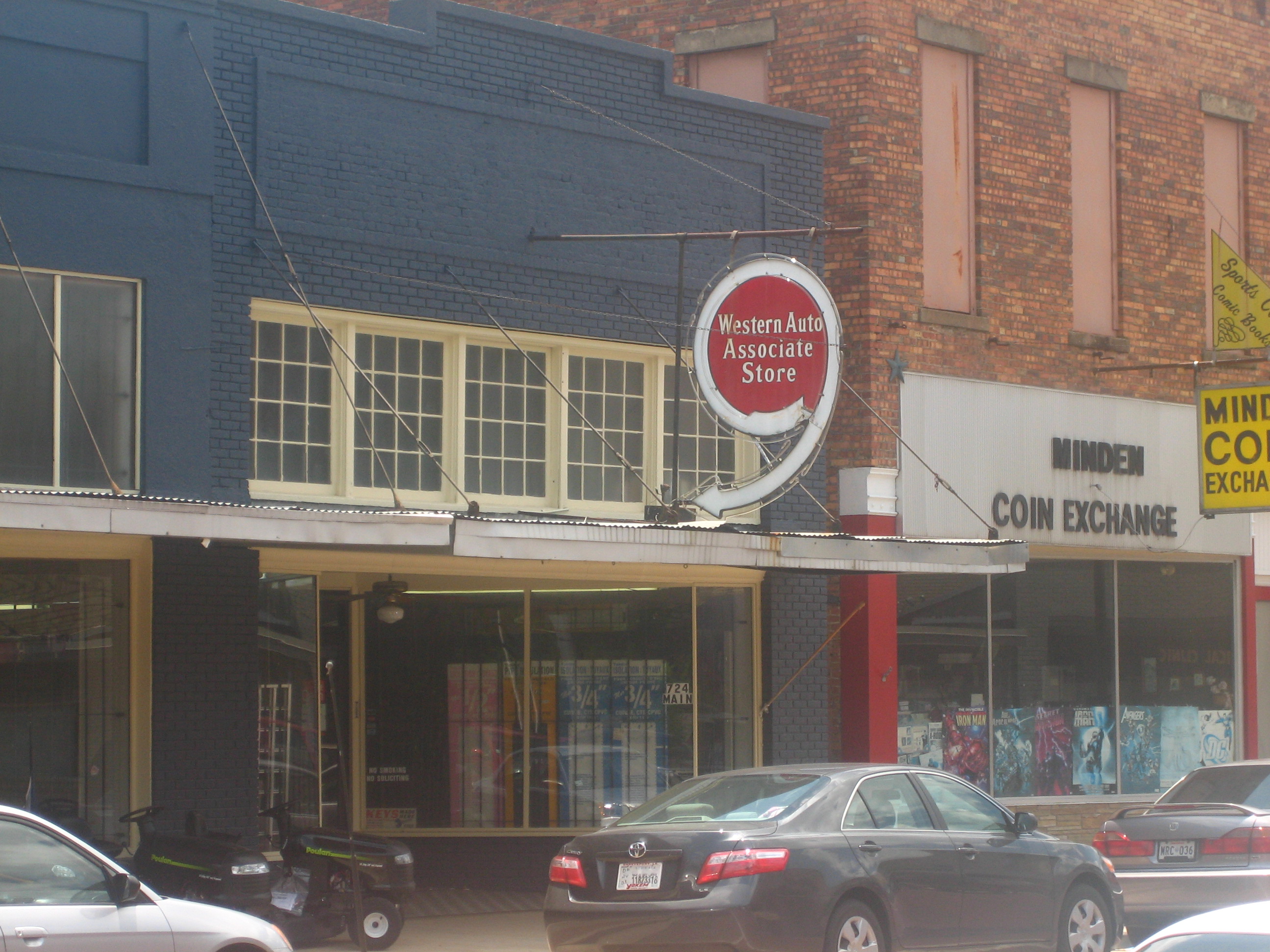
Western Auto grew from a 1909 mail-order operation into a trusted source for tires, tools, batteries, and birthday bicycles that turned driveways into racetracks. The stores helped drivers and tinkerers long before auto supercenters and e-commerce set new rules. As competitors scaled up and ownership changed, the Western Auto brand faded out in the early 2000s. The looping red script survives mainly in photographs and in stories about first cars kept running on weekend fixes.
Kinney Shoes

Kinney Shoes, the self-appointed Great American Shoe Store, stacked its walls with school sneakers, Sunday shoes, and work boots that fit middle-class budgets. Clerks measured feet, hauled stacks of boxes, and treated the perfect fit as a small personal mission. Changing mall traffic and fierce competition strained profits, and in 1998 its parent company shut down hundreds of stores to refocus on other brands. Foot Locker lived on, but the Kinney ritual closed its doors.
Zayre
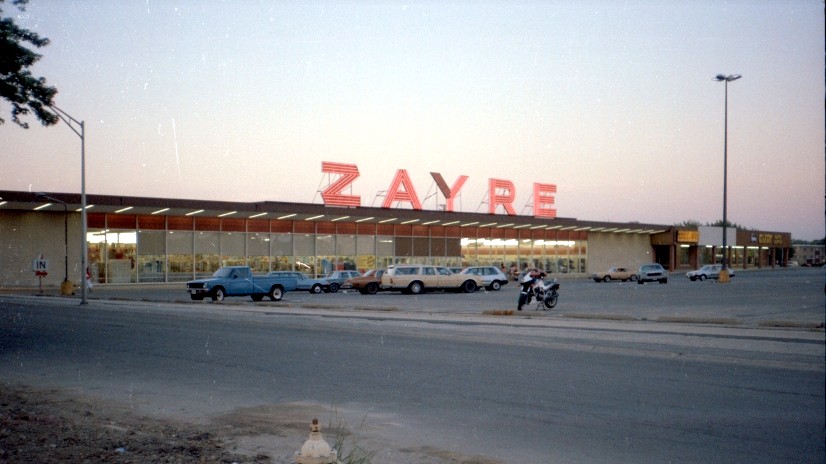
Zayre delivered an energetic, no-frills kind of thrill: bright aisles, scattered deals, overnight hours, and December rushes where carts overflowed with discounted toys and tinsel. It catered to shoppers who liked the hunt as much as the savings. Overexpansion, thin margins, and rising competition in the 1980s weakened the chain, and by 1990 its stores were sold off or converted, its name retired. Old ads and surviving plastic bags now carry most of its legacy.
Fotomat
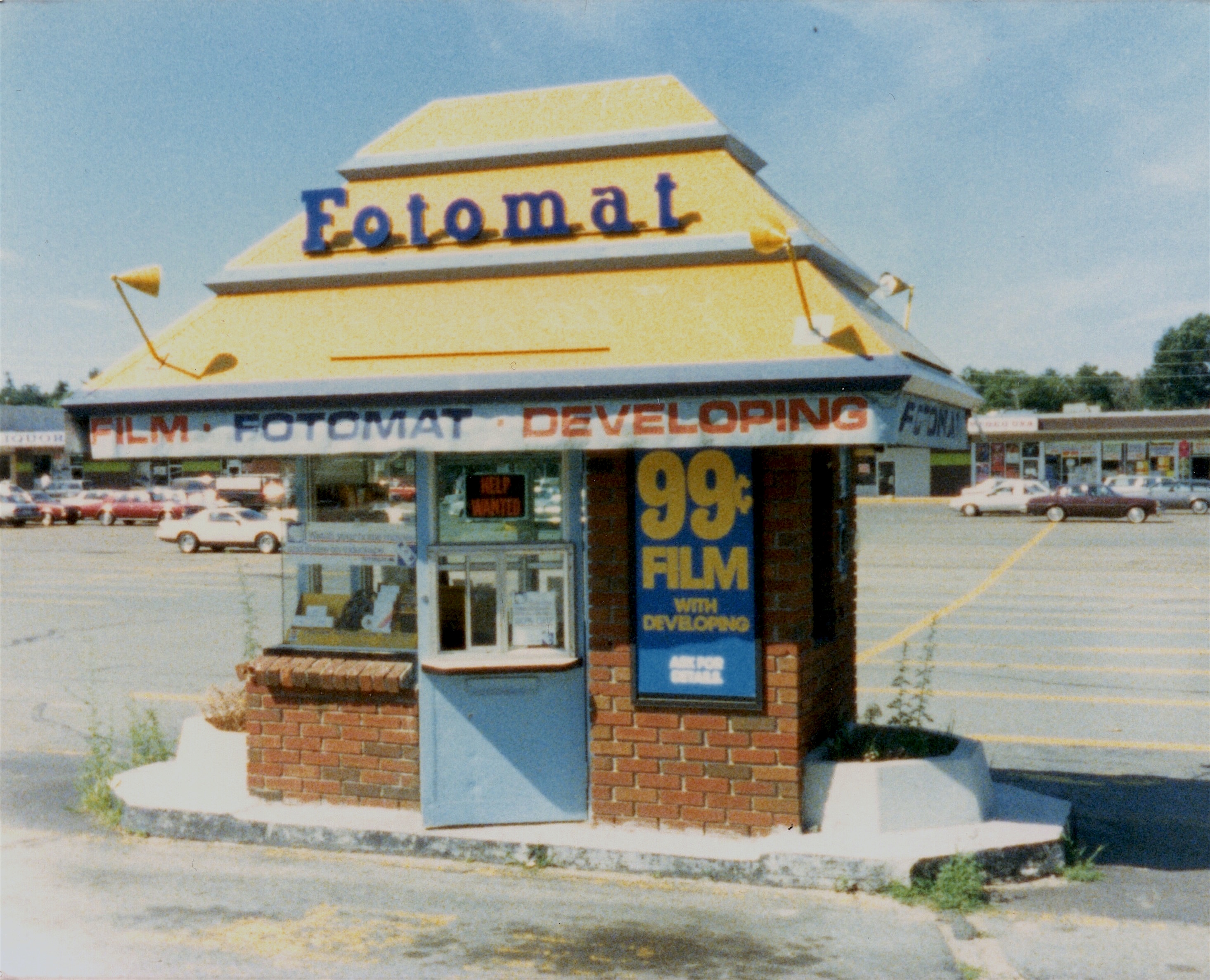
Fotomat kiosks sat like tiny yellow sentries in parking lots, collecting film through car windows and returning envelopes of prints that turned waiting into anticipation. Each visit stitched together vacations, graduations, and everyday experiments in color. One-hour labs, big-box photo counters, and then digital cameras undercut its charm and its business model, leading to a 2009 shutdown. The few remaining huts, repurposed and repainted, feel like landmarks from an analog imagination.
FAO Schwarz (The Original Era)

For generations, FAO Schwarz’s original New York flagship felt like entering a storybook: giant plush animals, elaborate displays, and the oversized piano that turned play into spectacle. Financial struggles, shifting toy sales, and rising rents reshaped the brand, and the famed Fifth Avenue location closed in 2015. New stores later revived the name, but that towering, theatrical temple of toys belongs to a specific Manhattan moment that lives on in memory and film clips.
Blockbuster

Blockbuster transformed movie night into a shared search through walls of VHS tapes and DVDs, fluorescent aisles humming with indecision and excitement. Membership cards, staff picks, and late fees all became part of the ritual. As streaming, mailing services, and changing studio deals took hold, the chain imploded, leaving only a single independent survivor in Oregon and a cultural punchline. The collective act of browsing shelves together now feels like a relic of slower evenings.
Toys R Us (The Big-Box Giant)
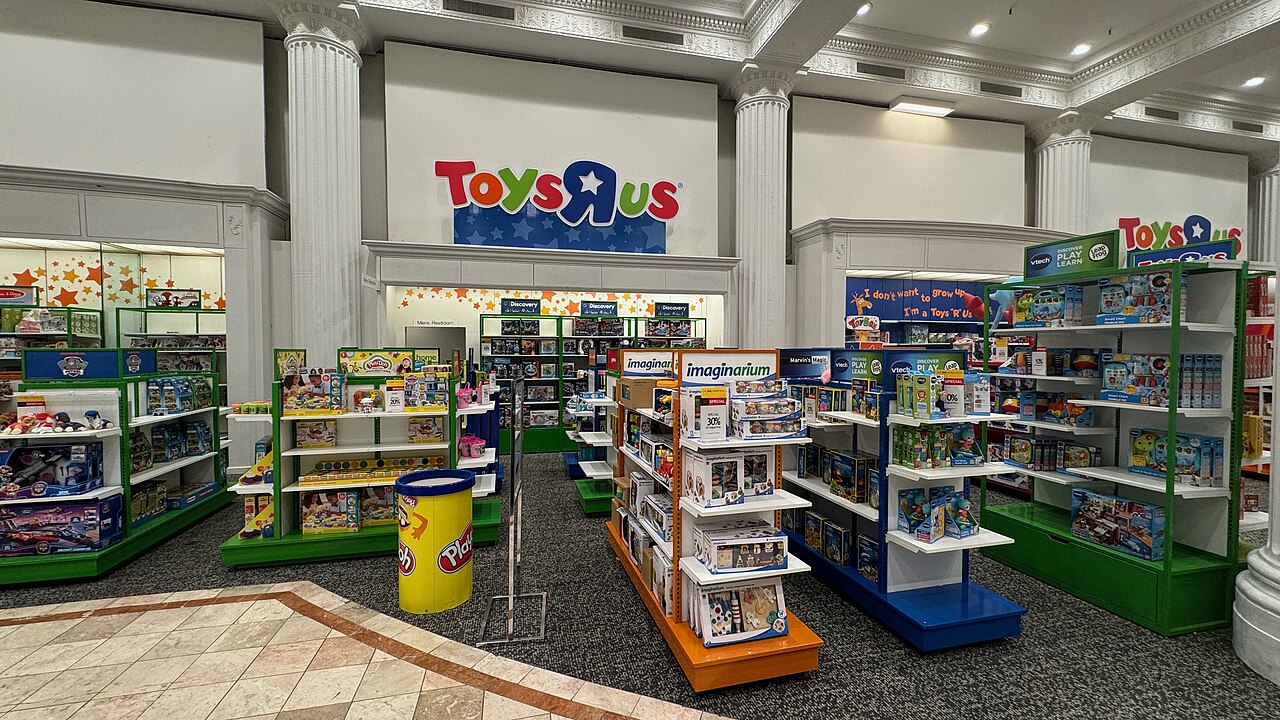
Toys R Us once dominated suburban retail with airplane-hangar stores filled with bikes, video games, and action figures stacked to improbable heights. Bankruptcy in 2017 and U.S. closures in 2018 ended that sprawling big-box era, even as later revivals experimented with smaller flagships and shop-in-shop concepts. For many, the enduring image is guiding oversized carts through seemingly endless toy aisles, a scale of wonder that digital catalogs only echo at a distance.


